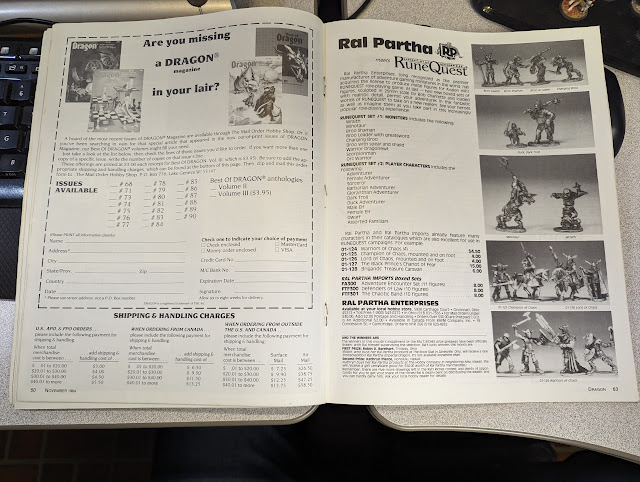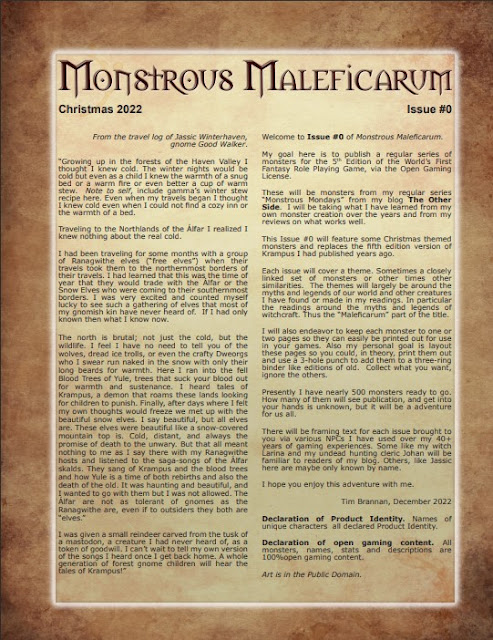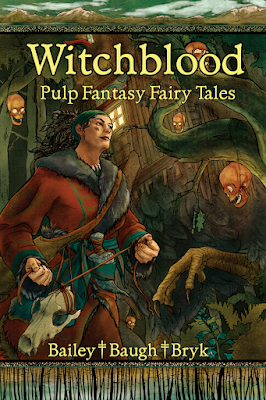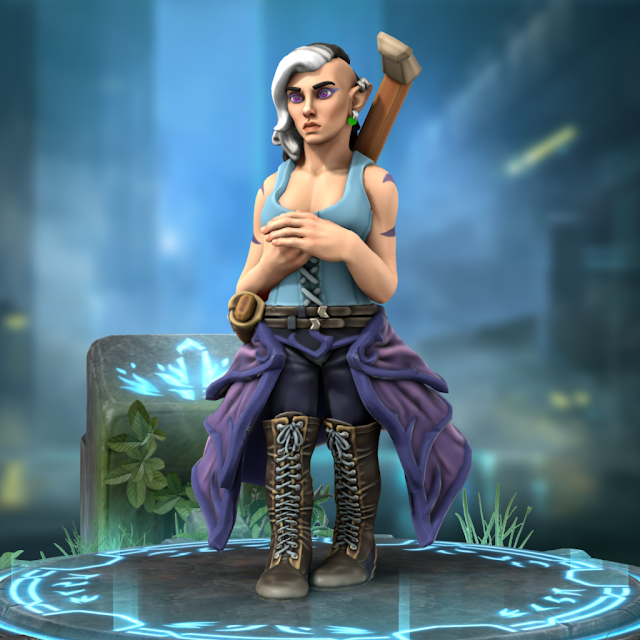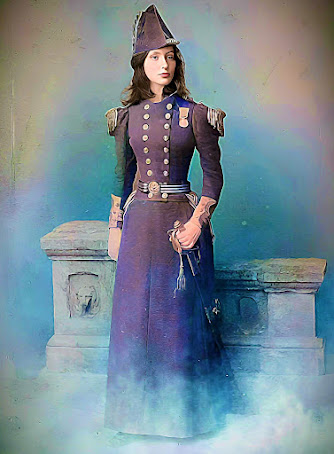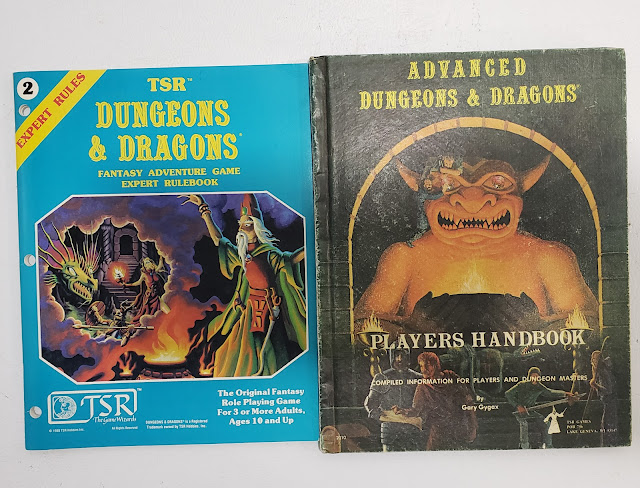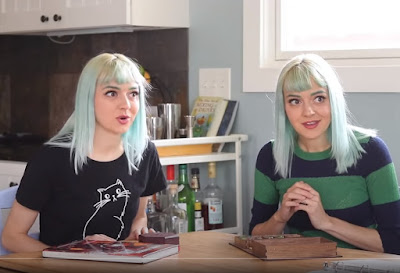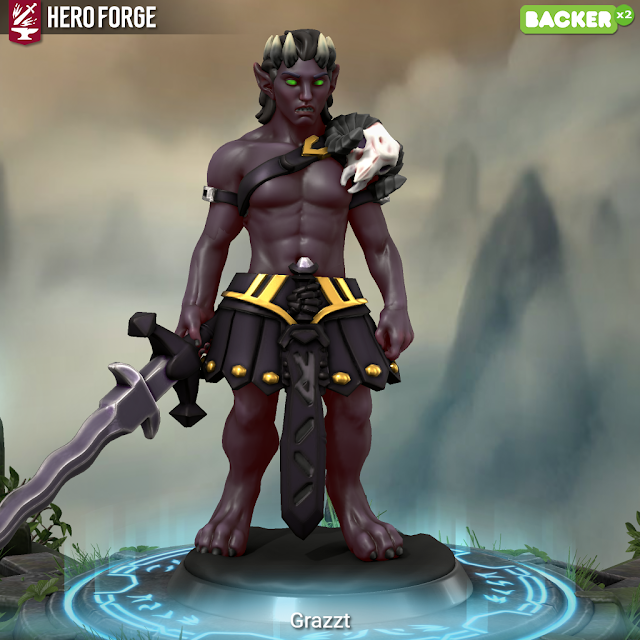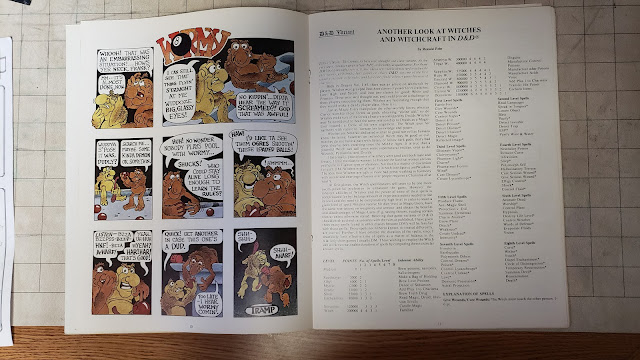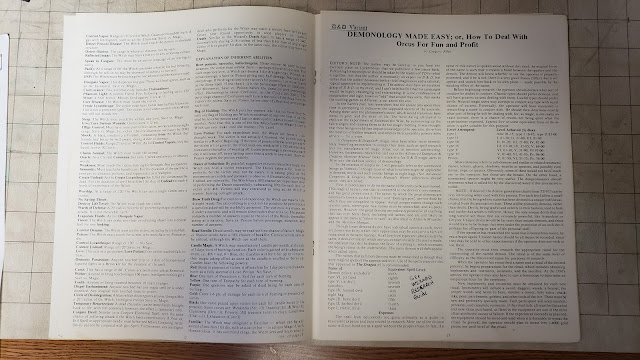I did not own this one back in the day. My High School DM and I had an agreement to pick up every other issue. This was the one he got. I found the cover to be really cool and thought that it would make for a great concept. Something we would try about four years later.
I did finally get an issue. The one I have is beat up and missing a cover and some pages. This image is from my Dragon Magazine CD-ROM.
We are introduced to the new Table of Contents page. It is easier to read than the older one with the gray background and will be the standard for a while.
Letters praise the recent Katherine Kerr articles and have a few helpful suggestions. The recent Rust Monster ecology didn't fare as well.
Nice ad for Milton Bradley's Broadsides & Boarding Pirates. Back when gaming magazines would run ads for their competitors. The ships from that game would make great props in a sea-faring adventure.
The Forum is less praise-filled on Katherine Kerr's stance on playing evil characters. while I have played evil characters in the past I find playing them these days a bit tedious. Playing a good character was always more fun for me.
Gary is up with From the Sorcerer's Scroll. This one deals with some of the new demon information (and one demon) we will see in the upcoming Monster Manual II.
Long-time contributor Stephen Inniss is back with Realistic Vital Statistics. This is a new guide and system for how much a particular humanoid-like creature, from pixie size to titans, should weigh based on height. The system certainly works and has a lot of internal consistency which is what you need in a game system. He points out some inconsistencies with the data provided in DMG and attempts to make it better. He does give practical and magical adaptations to the Square-Cube Law (though he does call his observations this, that is what it is) and it plainly sets out why giants could never have existed like described in D&D. I do like his notion there is some sort of magic at work here, maybe a low-level sort of levitation spell going on. It is a very useful article.
Dragon Magazine MVP (certainly of this issue) Ed Greenwood is up with The Ecology of the Leucrotta. I will fully admit when I first saw this my first thought was "Why? There are so many other interesting creatures out there." Which I think is the whole point. This article and the one on the Slithering Tracker (the first Ecology of article I ever read) pointed out that even so-called "pointless" or even "useless" monsters can be interesting. It also helped shift my focus of D&D/AD&D as "character-centric" to "normal human-centric" and realizing that even a "pointless" monster can be a huge threat. This also reminds me I should do a retrospective at one point on all of these Ecology of articles.
More Devils. More Hell. And more Ed Greenwood! Nine Hells Revisited gives us some details about the devils and hells they live in. We get some new devils, some of which I have not seen repeated since. There are even a couple that share their names with others like the Greater Devil Dagon (formerly Jaqon), the Greater Devil Azazel, and the Arch Devil Gargoth (formerly Astaroth). This is every bit as useful as the series from Dragons #75 and #76.
Ed follows this up with Eight Devilish Questions. This is the article than also originally clued me it to how to figure out the HD of various higher level demons and devils. I say clued me, but in reality it was more along the line of "duh, why didn't I think of that!"
Nice ad for White Dwarf. Bigger ad for the 10th Anniversary set of D&D books. Really, really wish I had grabbed those then. Of course, if I had they would have gotten lost with all my other AD&D books from that time.
A big overview slash big advertisement is next the first Dragonlance novel, Dragons of Autumn Twilight in Chronicles: A Novel Idea. I know a lot of gamers around my age and older complain about Dragonlance, but frankly I don't get it. It did change the game, but in all ways for the better.
Ad for Bard Games' The Compleat Fantasy Series and The Atlantean Trilogy follows.
My entire middle section is gone here. It was The Treasure Trove. I am not sure if I took this out or if it was like that when I bought this box of old Dragons. While by the rules I invented for myself saying I could not review what I don't have, I do want to make one minor breach of that.
As I mentioned, this particular issue was bought by my DM at the time. He took all the magic items here, and a few more of his own, that rewrote all the magic item tables in the DMG. Impressive or ADHD? You decide. Anyway, we were running a small side quest for my paladin, Johan Werper II, and decided that he was on a quest (something that I later would call a "Secret Journey" that all member of his holy order had to do. On this quest, to make a long story short, he found the sword Demonbane. It fit so well with his quest that I made it and even the Citadel of Conjurers a part of my world mythos. MY Demonbane and Citadel of Conjurers took on a different life than the ones that eventually were published in the Forgotten Realms but history was made on that cold rainy afternoon in October.
Penny Perricord is up with Spies' Advice, some questions and answers for Top Secret. Normally this particular column was written by Top Secret Head Administrator Merle Rasmussen. Not sure why he wasn't here. Maybe out watching the Top Secret! movie?
Coming Attractions lets us know what is getting published soon by TSR. An Indiana Jones adventure Crystal Death. Some Dragonlance metal minis. The second Conan adventure. The odd one, 2001: A Space Odyssey for Star Frontiers. I never grabbed this, but I wondered with a universe like Star Frontiers with lasers and robots and faster-than-light travel, we would get one about a ship that only made it to Jupiter. Well that is the nature of licenses boys and girls. Indian Jones, Conan, and Dave Bowman here were all part of TSR's big license push. I am pretty sure they lost money on these.
Speaking of Sci-Fi the Ares section is up next.
"Does Anyone Here Speak Aslan?" from Joseph Benedetto, Jr. covers language skills in Traveller. It is a pretty good guide and one I would adopt for other sci-fi games like Star Frontiers.
Sadly I am missing the next pages of Day of the Juggernaut a Star Frontiers scenario by William Tracy. I am also missing the Marvel Phile of Cloak and Dagger, two of my favorite Marvel characters to be honest.
Alex Curylo is up with Careers in Star Law. This is a follow-up to Kim Eastland's article in Dragon #87. Not about lawyers, but law enforcement.
Not to be forgotten but we do get some new Gamma World material in Don't Leave Home Without 'em! from Scott Hutcheon. This covers new gear for Gamma World.
Our short fiction piece, The Rune and the Dragon, is by Lawernce Watt-Evans.
Paul Smith reviews the Shōgun card game. Ken Rolston is back with full reviews of Mercenaries, Spies, & Private Eyes, Death at Dunwich from Theatre of the Mind Enterprises for Call of Cthulhu (I always like the cover of this one), and The Vanishing Investigator for Gangbusters. He has capsule reviews of Dragons of Despair (he didn't care for it), Marvel Super Heroes, and Bree and the Barrow Downs from ICE for MERP.
Gamers' Guide covers all the small ads. Including an ad for Texas Instruments TI-99 programs to create characters. So yeah computer character generators are at least 40 years old. The rather infamous "Who sez dragons don't fly" t-shirt is featured twice. Lots of other t-shirts too.
Ad for the Indian Jones RPG. Wormy, Dragon Mirth, and Snarf Quest wrap up this issue.
All in all a really great issue. Lots of great articles, including many that can still be used today. Did Malarea ever see her diabolic plans come to light? I must know!




